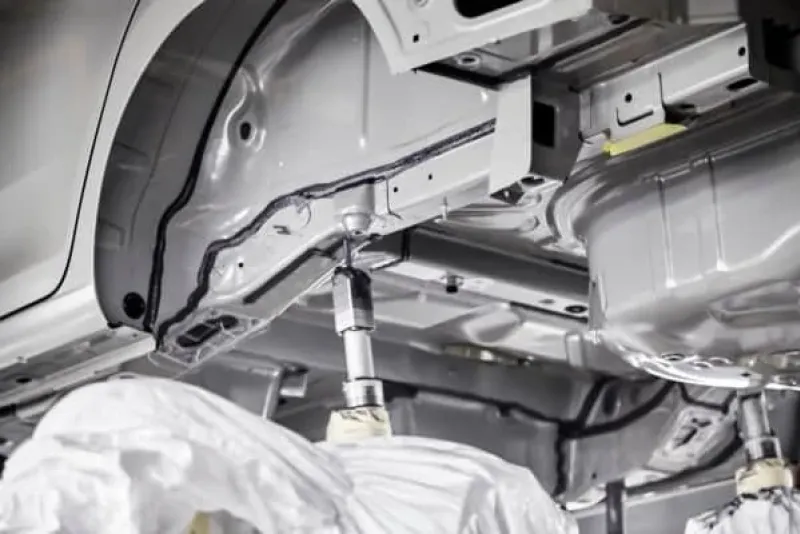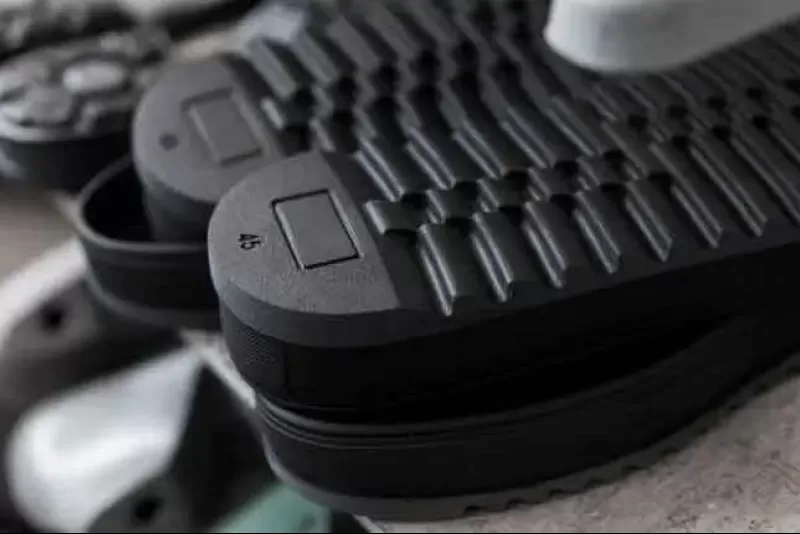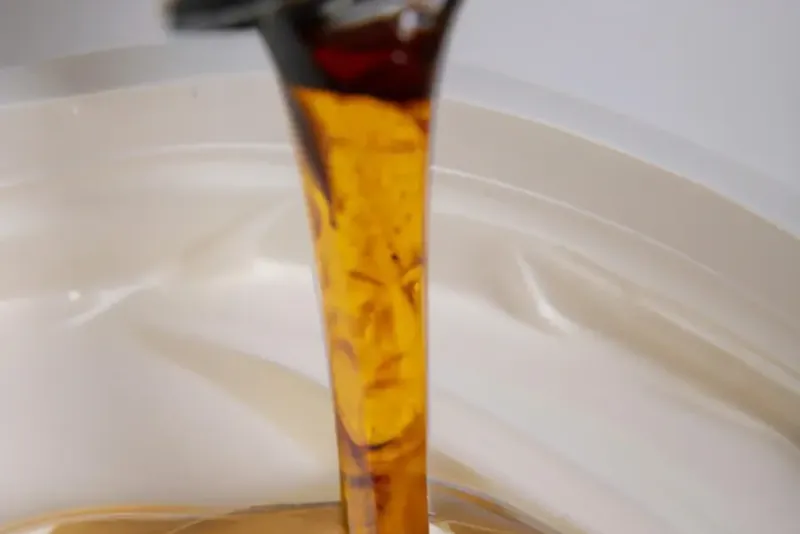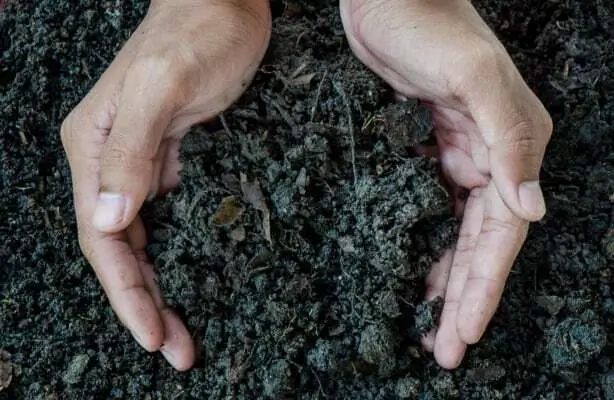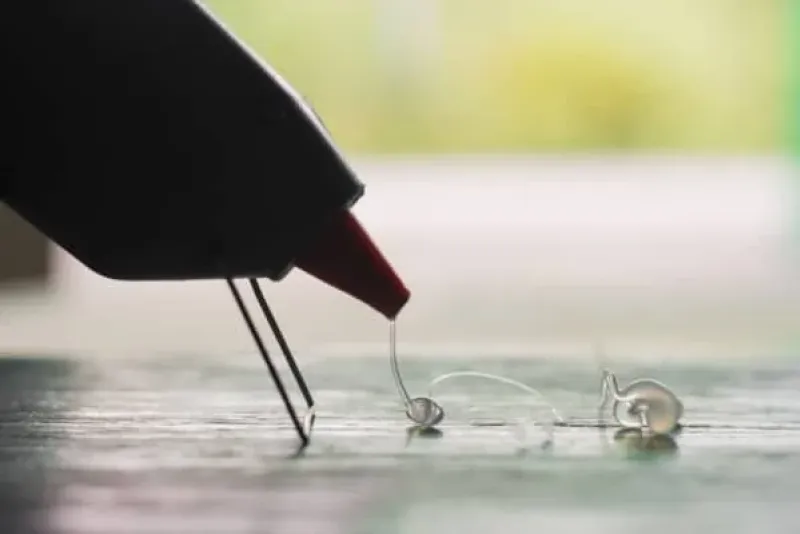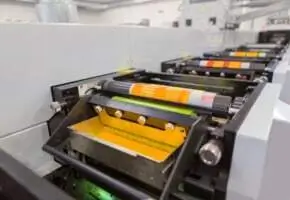Sustainable adhesives
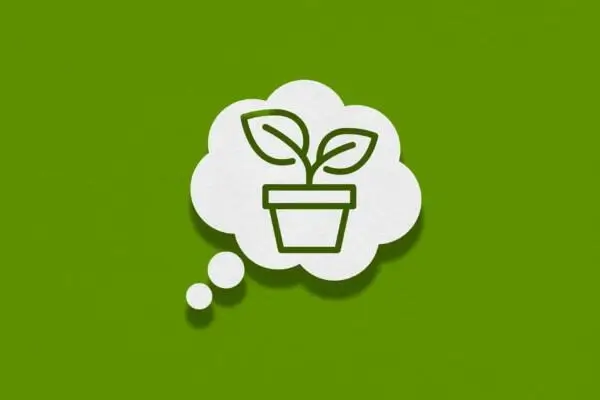
The need for Sustainable Adhesives for greener future
While the world's growing population and increasing living standards boost the need for adhesives, environmental concerns encourage the development of greener, sustainable adhesives. Therefore, the need for sustainable adhesives has reached a completely new level. Innovative sustainable glue solutions are being developed based on ever-improving technologies. Additionally, more and more industries opt for sustainable adhesive products, which is no wonder as sustainability of adhesives is a hot topic for many reasons.
- Improved health and safety throughout the product’s lifecycle: sustainable adhesives contain little to no solvents. This means that less or no VOC (volatile organic compounds) are released during the application and curing. Neither do the finished product release VOC.
- Decreased environmental impact and carbon footprint: the absence of solvents results in less impact on the environment. This is due to lighter weight, less product needed and VOC emissions reduced to the minimum.
- Rules and regulations towards more sustainable products: sustainability has become a priority in development of new products and systems. Therefore, also governments strive towards the trend by setting rules and regulations for products. For example, the VOC emissions of chemical products have long been strictly controlled in the USA and EU. They also gain more and more importance in other markets such as Asia and South America.
Are adhesives sustainable?
Yes and no: many adhesives use fuel based raw materials which are harmful for the environment. However, it is possible to replace those raw materials completely or partially with materials derived from natural resources. The use of natural raw materials defines the sustainability of adhesives.
Innovation leads the development of sustainable adhesives
Sustainability of adhesives has many advantages, but achieving them requires modification of existing products and inventing new innovative technologies. Sustainable adhesives generally belong to one of three groups:
- Solventless adhesives: nowadays many adhesives are made with less solvents by increasing the solid share. However, among other methods, 100% solid adhesives such as hot melt contain no solvents at all. Hot melts are common throughout industries including the automotive sector.
- Waterborne adhesives: waterborne adhesives are developed using water as the carrier substance instead of a solvent. This provides the product with reduced weight as well as eliminating the VOC emissions as well as minimizing the risk for fire during processing. Waterborne adhesives are common for example in the mattress industry, where they replace solvent based systems.
- Biobased adhesives: to call a glue biobased, most of the materials in it must be natural such as starch, vegetable oil, resins, lignins and proteins. These materials guarantee reduced carbon footprint of the products.
5 types of trending green adhesives
The demand for so called green adhesives is ever-growing and encourages new ways of sustainability in adhesives development. Below you can find five types of sustainable adhesives that are likely to experience a boost in demand in the coming years. For any enquiries for sustainable adhesives, we encourage you to contact us, share your project´s needs and let us help you find the manufacturer to produce the system.
1. Renewable adhesives
Renewable adhesives refer to those made of materials such as beeswax and plants, and have no petroleum derivatives in their formulations. Not only do these sustainable adhesives reduce carbon footprint but also contribute to overall sustainability of a great number of applications including paper lamination, carton sealing and bottle labeling.
2. Recyclable adhesives
When an adhesive is recyclable, once the finished product has come to the end of its service life, the adhesive can be melted and recollected without producing any adhesive waste or residue. Recyclable adhesives are generally common in the automotive industry as well as in bonding glass, aluminum and steel.
3. Biodegradable sustainable glue
Biodegradable technology brings the sustainability of adhesives to the next level. The biodegradable adhesives are designed to be broken down by bacteria and other microorganisms. The degrading process produces water, carbon dioxide and other natural gases defined by the environment. These adhesives are mainly present in paper and packaging, envelopes, hygiene products and medical devices.
4. Compostable green adhesives
Compostable adhesives belong to the group of biodegradable sustainable glue. The main difference is that the compostable systems break down under specific (compost) conditions. These sustainable adhesives break down in industrial or domestic compost environments and the broken-down product is suitable for enriching soil. Compostability is currently present in packaging adhesives such as hot melts and PSA adhesives.
5. Repulpable adhesives
In paper and packaging, repulpable adhesives are likely to grow in popularity as they dissolve completely during paper repulping process. Used for instance in carbon boxes, envelopes and other paper products, repulpable adhesives are by far the most sustainable glue options. They completely dissolve without leaving any residue behind.
Choose for the right green adhesive systems
Sustainability of adhesives is of great importance regardless of the project or product. In case you need any assistance regarding sustainable adhesives, do not hesitate to contact us. Our experts are here to help, and happy to provide you with the best possible sustainable glue system for your needs.
What solution are you looking for?
We are specialized in the about adhesives. Need the best products or advice? Then please leave your details and we will get in touch.
